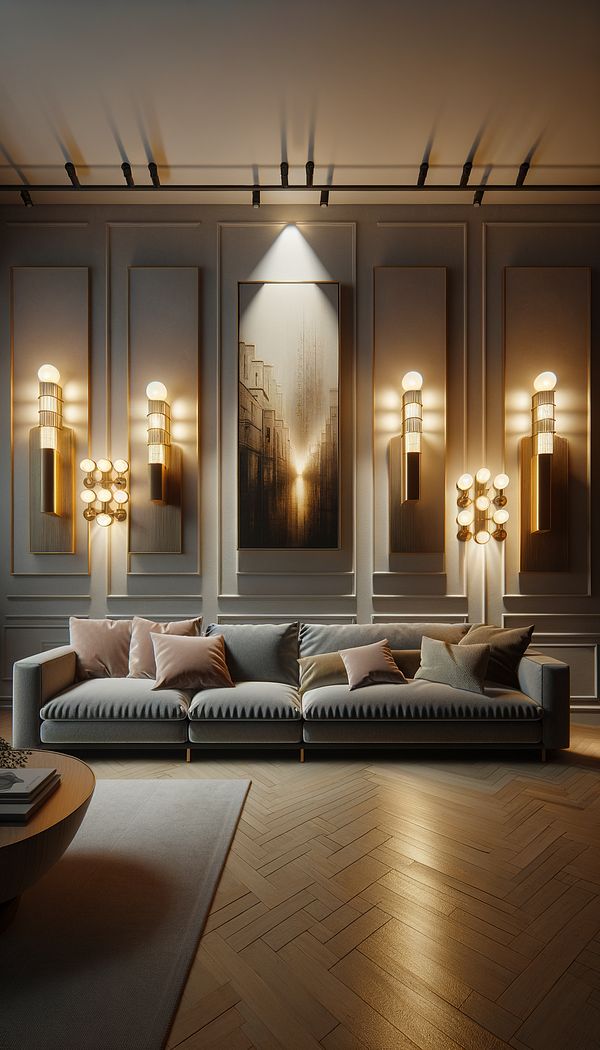What is a Sconce?
A sconce is a wall-mounted light fixture.
Description
A sconce is an essential element in the lighting design of interior spaces, providing both functional illumination and decorative appeal. Typically mounted on walls, sconces can vary greatly in style, size, and design, ranging from traditional candlestick forms to modern LED fixtures. These versatile light fixtures are used to create a warm, inviting atmosphere, highlight architectural features, or provide task lighting in specific areas.
Sconces serve as an integral part of a layered lighting plan, complementing other sources such as ceiling lights, chandeliers, and floor lamps. By casting light upwards, downwards, or in both directions, sconces can dramatically affect the mood and functionality of a room. Their placement is strategic, often flanking doorways, fireplaces, or artworks, to create balanced visual interest and enhance the overall aesthetic of the space.
The choice of sconce should be informed by the designated space's style, the desired lighting effect, and the fixture's intended purpose. Materials, finishes, and design details of sconces must harmonize with the room's decorative objects, wall treatments and finishes, and furniture types to achieve a cohesive interior design.
Usage
In a residential setting, sconces are commonly used in living rooms, hallways, and bedrooms to add layers of light and to serve as a decorative element. In commercial spaces such as hotels and restaurants, sconces can create an ambiance, guide movement through corridors, or accentuate artwork and architectural features.
FAQs
-
Can sconces be used as the only source of light in a room?
While sconces can add significant lighting coverage and ambiance, it is generally recommended to use them as part of a layered lighting strategy, incorporating other light sources such as ceiling lights or table lamps for optimal illumination.
-
How do I choose the right size sconce for my space?
Consider the size of the wall and the room, as well as the scale of surrounding furniture and decorative elements. Sconces should complement the space without overwhelming it or appearing too diminutive.
-
Do sconces need to match other lighting fixtures in the room?
While sconces don't need to match other fixtures exactly, there should be a sense of visual harmony. Coordinating finishes or design details can help achieve a cohesive look.
Practical Application
When incorporating sconces into your interior design, consider their placement carefully. Ideal height for mounting is typically around eye level, or between 60 to 72 inches from the floor, to ensure they illuminate effectively without causing discomfort. It's also crucial to pay attention to the direction of light - upward casting sconces can create a soft, ambient effect, while downward lighting can enhance task lighting or highlight certain features. Experiment with dimmable options for added versatility.
-
Furniture Types599 articles
-
Lighting111 articles
-
Decorative Objects240 articles
-
Decorating Principles & Elements330 articles
-
Wall Treatments & Finishes157 articles
-
Parsons TableA Parsons table is a simple, rectangular table characterized by square legs that are the same thickness as the tabletop.
-
EggshellEggshell is a type of paint finish that has a soft, low-sheen appearance.
-
SourcingSourcing in interior design refers to the process of finding and selecting various materials, products, and services needed to bring a design vision to life.
-
Dutch RenaissanceA style of design and architecture that flourished in the Netherlands during the 16th and early 17th centuries.
-
Slip MatchSlip match is a method used to arrange wood veneer sheets in a panel.
